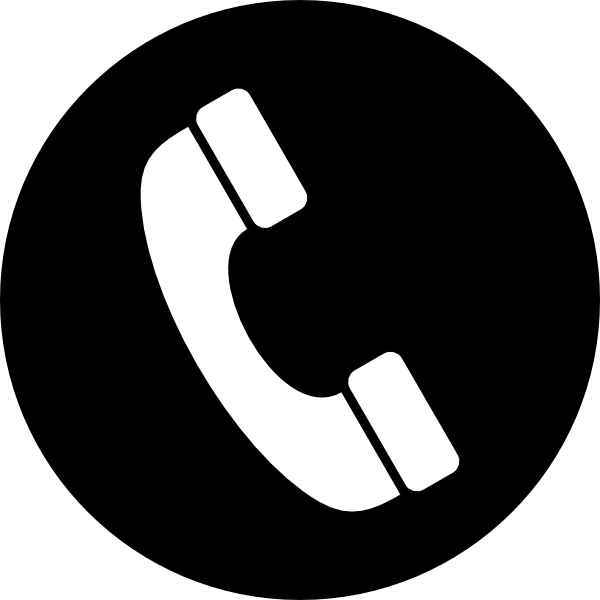Scared of carbon monoxide? You should be! This odorless and colorless gas can be deadly and unfortunately they can be very difficult to detect. When unnoticed it can lead to carbon monoxide poisoning.
Carbon monoxide is a toxic gas that is produced when there is an incomplete buring of gas and LPG. This can happen in either industrial or domestic setting and there are gas-powered appliances or equipments. This is also produced when gas appliances are poorly fitted or badly maintained and if chimneys or flues are blocked. When this substance is inhaled and gets into your bloodstream, it can prevent your red blood cells from carrying oxygen. Without the presence of oxygen, your tissues and cells will die. Carbon monoxide poisoning can also have long term effects such as paralysis and brain damage. This occurs because gas leaks are sometimes left unnoticed for some time.
Symptoms of Carbon Monoxide Poisoning
Each individual has different carbon monoxide tolerance levels. Nevertheless, this gas is dangerous. In order to be safe at home, you must remember the six (6) main symptoms of carbon monoxide poisoning.
- Headache
- Dizziness
- Nausea
- Breathlessness
- Collapse
- Unconsciousness
Some of these symptoms can be mistaken for a flu or other health-related illnesses. The symptoms should point out to carbon monoxide poisoning if everyone inside your house is experiencing the same and all of these disappear everytime you leave your home.
There are also other ways to check if there is a gas leak. Look at the flames on your cooker. You want to see crisp blue flame. If you’re seeing yellow or orange then it could be a sign that there is gas leaking. Check if your gas appliances have dark stains around or on them. An increase in condensation found on your windows is also another sign.
What to Do When Symptoms on Carbon Monoxide Poisoning is Experienced
As soon as you experienced the symptoms, turn off the gas appliance, open the windows and doors and leave your house immediately. Best if you go to the nearest hospital and get a blood or breath test to check for carbon monoxide poisoning. Call a Gas Safe Registered engineer to check your gas appliances for leaks and get everything fixed.








